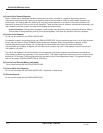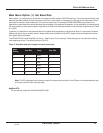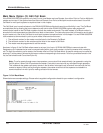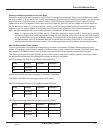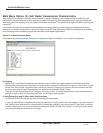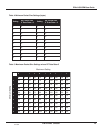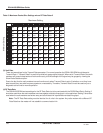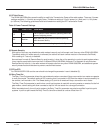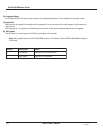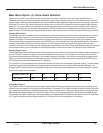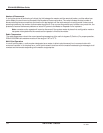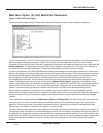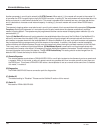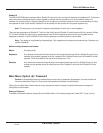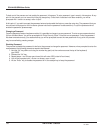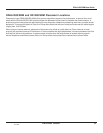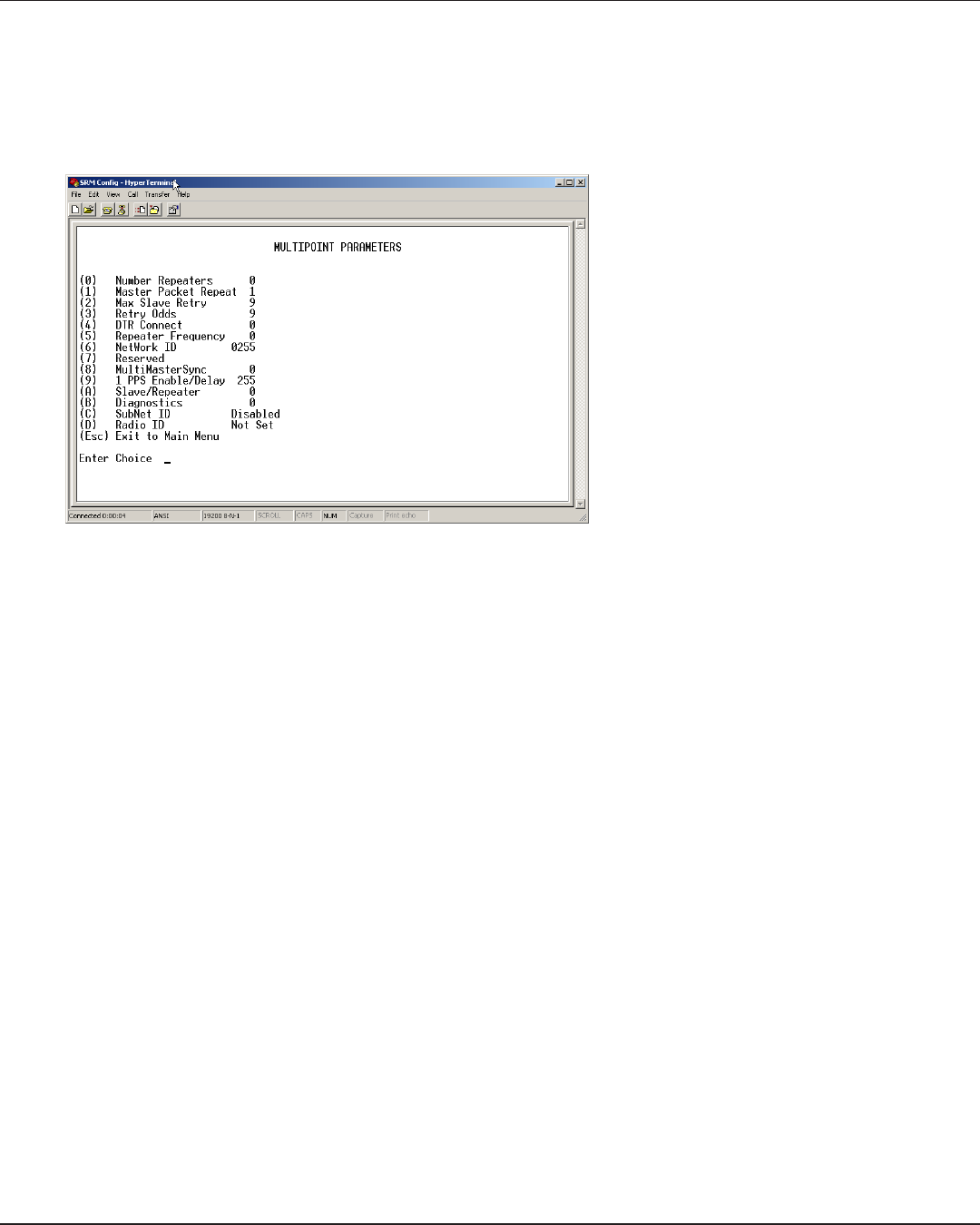
DATA-LINC GROUP
35
DDAA1000/SRM User Guide
PN 161-09981-002C
rev 8/04
Main Menu Option (5): Edit Multi-Point Parameters
Figure 15: Multi-Point Parameters
Shown below are example settings. Please refer to supplied configuration sheets for your modem’s configuration.
In a multi-point network, it is critical to know how many radio modems are being used as repeaters. Any radio modem that is
used as a repeater essentially becomes a master to the remotes and other repeaters to which it is communicating.
Therefore, the user must first identify how many repeaters are connected to the master by assigning a value in parameter (0)
Number Repeaters. This parameter must also be set for each repeater in the system (i.e., in the event that a repeater is
connected to one or more other repeaters). This parameter does need to be set for multi-point remotes.
In point-to-point operation, the DDAA1000/SRM radio modems acknowledge every data packet transmitted. In a multi-point
network, the remotes do not acknowledge transmissions from a master to the remotes. This is to prevent system overload. If
the remotes acknowledged all data transmissions from the master in a large multi-point system, then all system capacity
would be spent having the master listen for acknowledgments from the remotes. Because the transmission is not
acknowledged by the remotes, 100% confidence does not exist that every remote has received every message from the
master. To address this issue, the user may modify option (1) Master Packet Repeat, assigning a value between 0 (the
packet is transmitted once) to 9 (the packet is repeated 9 times). For networks with solid RF links, this parameter would be
set at the lower end of the scale (0-1). If the network has some weak or marginal links, it would be set toward the higher
values. If a remote receives a packet from a master more than once, it will discard the repeated packets received.
While packets transmitted from the master to the remotes in a multi-point network are not acknowledged, packets
transmitted from remotes to the master are. However, it is possible that more than one remote will attempt to transmit to the
master at the same time, and it is therefore important that a protocol exists to resolve contention for the master between
remotes.
This is addressed through parameters (2) Max Remote Retry and (3) Retry Odds. The Max Remote Retry setting defines
how many times (0 to 9) the remote will attempt to retransmit a packet to the master before beginning to use a back-off
algorithm. Once the remote has unsuccessfully attempted to transmit the packet the number of times specified in Max
Remote Retry, it will attempt to transmit to the master on a random basis.
The Retry Odds parameter determines the probability that the remote will attempt to retransmit the packet to the master; a
low setting will assign low odds to the remote attempting to transmit and conversely a high setting will assign high odds. An
example of how this parameter might be used would be when considering two different remotes in a multi-point network, one
close in with a strong RF link and the other far from the master with a weak link. It may be desirable to assign a higher Retry
Odd to the remote with the weaker link to give it a better chance of competing with the closer remote for the master’s
attention.



